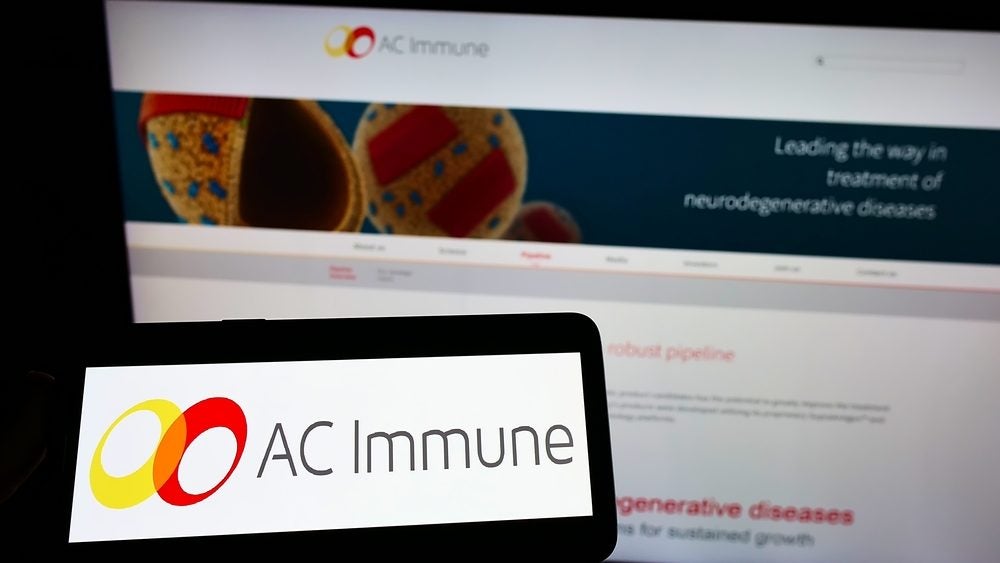As the pharmaceutical market landscape evolves and complex therapies make their way through the pipeline, it is becoming challenging for companies and payers to come to a consensus on the price-value debate. A lot of this evolution in pharma landscape has to do with legislation, and around new governance structures within the industry – a move from blockbuster to more targeted therapies. The profile of a customer has changed quite drastically over the last decade with the emergence of non-prescribing stakeholders into the mix.
Keeping in mind the new stakeholders more and more countries are implementing complex HTA driven frameworks to guide policy and pricing decisions. As the rationale goes, these newer decision support tools, in turn, help payers implement the efficient and effective use of health technologies so as to support innovation by identifying and rewarding high-value products while being cost-effective.
The players in the industry are facing increasing pressure to find newer markets for their therapies while undergoing an intensive scrutiny of existing drug prices on their portfolios. A most recent example of the price-value dilemma is evident in the story of the evaluation of Merck’s Keytruda (pembrolizumab) for the treatment of untreated metastatic non-small cell lung cancer (NSCLC) – a major disease area due to higher incidence rates. UK’s NICE rejected the drug in early 2017 for not being cost-effective for the newly diagnosed lung cancer patients only to reverse that decision in May so as to look at the data in more detail to make the final determination. Keytruda is already approved for skin cancer (melanoma) and classical Hodgkin’s lymphoma and the trials have proven the drug to be very efficacious and safe for the new lung cancer patients.
Moreover, established and negotiated prices in one country eventually start impacting prices in other countries through the practice of reference pricing. In such a climate, it has become ever more important to understand the interwoven links between various data inputs that drive pricing.
Luckily for pharma with its entrenched data-capturing culture, there is a path forward. Analytics – especially around pricing – holds the key to convert raw price data into meaningful, measurable, and trackable insights that can guide various stakeholders towards decision points. The development of these analytical insight requires that different datasets be connected consistently while being able to capture real-time changes in the primary variables. The real magic and value – from pricing analytics perspective – is getting insight on the key relationships in the quickest time possible.
One such critical insight dimension is the understanding of how HTA decisions (and data points within those decisions) shape up the pricing of assets within a therapeutic group and vice-versa. Data visualisations and ensuing analytics that superimpose HTA data points with prices can open up new avenues for drawing meaningful insights on the downstream and upstream effects of the relationship between these two entities. The connectedness of data could open up new dimensions for further exploration.
How well do you really know your competitors?
Access the most comprehensive Company Profiles on the market, powered by GlobalData. Save hours of research. Gain competitive edge.

Thank you!
Your download email will arrive shortly
Not ready to buy yet? Download a free sample
We are confident about the unique quality of our Company Profiles. However, we want you to make the most beneficial decision for your business, so we offer a free sample that you can download by submitting the below form
By GlobalDataIt can allow teams to answer questions such as:
Is there a causal link between price changes and HTA submissions for new indications or indication expansion?
What impact do HTA outcomes have on prices within a therapeutic group?
Is there an optimal way to design launch sequences that can generate maximum ROI on portfolio assets?
IHS Markit and Context Matters have for the first time combined these two diverse datasets under one platform so that companies can draw meaningful comparisons across countries, products, prices and HTA agencies. Through this new product – PriceCurrents – market access teams can develop narratives to support their pricing hypothesis. We announced the launch of this new product during this year’s ISPOR in Boston.










Related Company Profiles
Context Matters, Inc.
IHS Markit Ltd